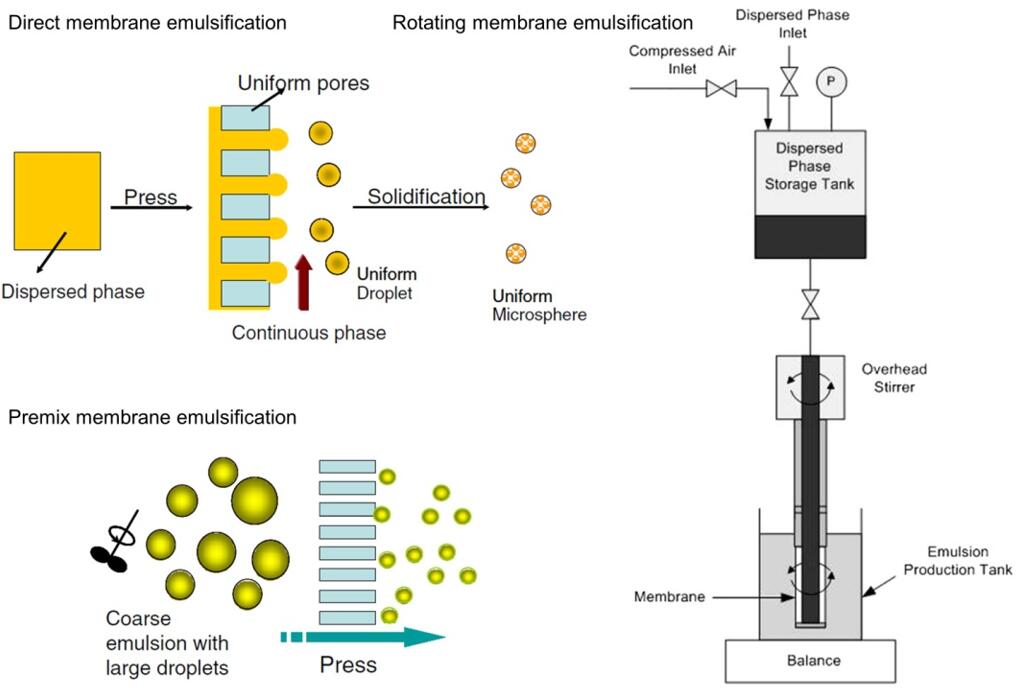Long-term release system often needs very long time (from days to months) to release most of the encapsulated drug, so accelerated testing is always necessary to shorten the testing time. Basically, the accelerated release testing should not change the drug release mechanism. Thus, various parameters (such as temperature, pH, ionic strength, surfactant, stirring speed) should be optimized [
6]. Generally, elevated temperature is the commonly used method in the testing. Nevertheless, the temperature should be not higher than glass transition temperature (
Tg) of the polymer, in case of alteration in the drug release mechanism, due to increased polymer molecular mobility [
86]. Accelerated testing can be used as a tool for quality control, if it can tell the difference between formulations. It can be also used to validate the robustness and reproducibility of the release method. Rawat et al. validated the method through comparing release rate between accelerated and real-time tests, taking Risperdal
® Consta
® microspheres as the model product [
41]. As shown in Fig. 10, the accelerated release profile had a good correlation with the real-time one. In addition, initial burst is another important index for drug release. Thus, a real-time release testing is necessary, if the accelerated one fails to indicate the difference in the initial burst [
85]. Another important part of CMC is the stability testing of the microspheres. The testing can be conducted according to ICH Q1A [
87] under different temperatures and humidity to assess product quality. At each time point, indices of quality controls, such as
Tg, drug loading, particle size and so on, are detected. Finally, based on the stability data, the storage condition and shelf life of the product can be determined.













